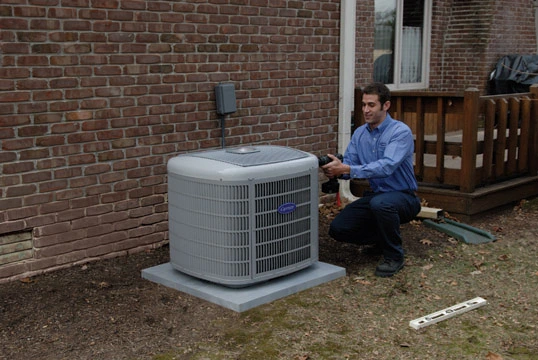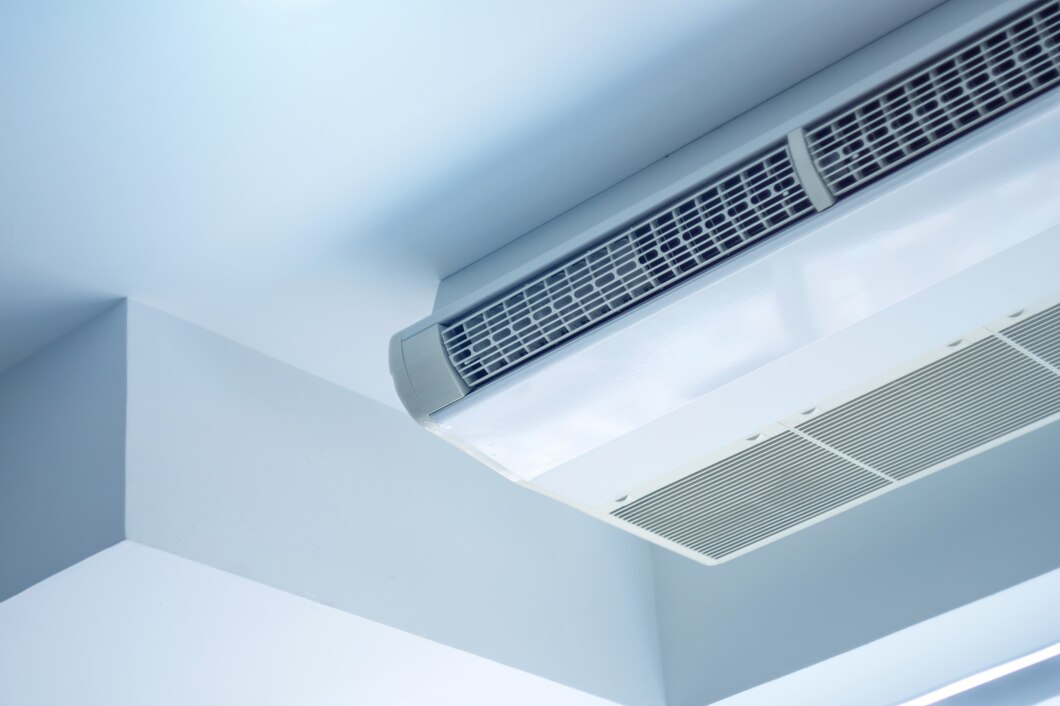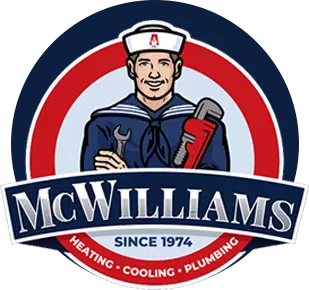Blog
Introduction

Types Of HVAC Systems
In residential applications, you’re most likely to encounter three types of HVAC systems:
- Furnaces: Probably the most common types are furnaces that burn fossil fuels like natural gas, propane, or fuel oil. Fuel is provided through either a hook-up to a local utility company’s supply lines or through an on-site storage tank that has to be filled up periodically by a fuel supplier. Electric furnaces are another popular choice, though they tend to cost more to operate. They produce heating via heating elements that warm up when an electrical current passes through them.
- Air conditioners: Air conditioners, in the larger HVAC context, are usually central air types. These consist of an interior and exterior unit, each of which contains specialized components. The units are connected to each other via power cables and refrigerant lines. A refrigerant circulates through these lines, changing from a gaseous to a liquid form and back again depending on need. In the evaporator, the liquid refrigerant changes to a gas and absorbs heat, producing cool air. The gaseous refrigerant moves to the condenser, where it’s returned to its liquid form. As it becomes liquid again, the refrigerant releases the heat it contains and disperses it into the outdoor air. The cycle then repeats to provide consistent indoor comfort.
- Air-source heat pumps: Heat pumps also work on a process that involves refrigerant, but their function involves capturing heat and moving it from place to place. When producing heating, the outdoor coils serve as the evaporator. When producing cooling, the refrigerant flow is reversed and the indoor coils work as the evaporator. During cooling operations, the refrigerant is changed into its gaseous state indoors, absorbing heat, and is circulated outdoors where it changes state again and releases heat. During heating functions, the same process happens in reverse with the heat being absorbed from the outdoor air and dispersed indoors.
- Geothermal heat pumps: Geothermal heat pumps also work by moving heat around, but they use the earth or a body of water as a source of heat capture and release. A series of pipes called the loop is buried in the ground or submerged in water at a depth where the temperature stays about the same all year long. Water or an antifreeze solution circulates through the loop pipes. This solution captures heat indoors and moves it outside in the summer and pulls heat out of the ground or water in the winter and takes it inside. Geothermal models generally cost more initially, but they’re highly efficient at both heating and cooling and can be expected to last for many years.
- Ductless heat pumps: Ductless heat pumps, sometimes called mini splits, use an outdoor heat pump and four or more indoor air handling units to produce heating and cooling. They don’t require any ductwork and are very versatile when it comes to where indoor air distribution units are installed. They offer the same benefits as standard heat pumps with the added convenience of flexible placement.
Sizing
When choosing a new HVAC system, you need to know how much heating or cooling you require. This is based on factors such as the size of your home, the building’s physical and thermal characteristics, and your own personal comfort requirements. When you know this information, you and a trusted professional can select an HVAC system that will meet your standards.
Sizing is the process of evaluating your needs and finding a heating or cooling system that has the proper functional capacity to meet them. It does not refer to the actual physical dimensions of the equipment.
If an HVAC unit is too small, it may not be able to produce enough heating and cooling. It will worker harder to keep up with temperature demands and will waste energy and money. It will also be more likely to break down or malfunction because of the extra stress put on it. A too-large system will generate more heating or cooling than needed, which also wastes resources. It most likely won’t cycle correctly and won’t be able to adequately dehumidify your homes interior during the cooling season.
Your HVAC professional should conduct a load calculation on your home to determine how much heating and cooling you actually need. This sophisticated process evaluates all the characteristics of the structure to determine the amount of heating and cooling required to meet your requirements. With this information, it’s relatively easy to go about choosing a new HVAC system that will work best for you. Load calculations should be performed according to industry standards such as the Air Conditioning Contractors of America (ACCA)’s Manual J, “Residential Load Calculations.”
Efficiency
Energy efficiency is a major consideration when choosing a new HVAC system. High-efficiency units produce excellent indoor comfort at a much lower cost, saving significant amounts of energy and money. In many cases, high-efficiency HVAC equipment can save you so much money each month that the system will pay for itself in a few years through those regular savings alone.
- SEER: Air conditioner efficiency is indicated by the unit’s seasonal energy efficiency ratio or SEER. The higher the SEER rating, the more efficient the equipment will be. Air conditioners in the United States must have a minimum SEER rating of 13. Anything with a SEER of 14 or above is considered a high-efficiency system. Average SEER ratings for high-efficiency equipment are around 18. The highest-rated systems have SEER numbers in the mid-20s. SEER ratings apply to both air conditioners and to the cooling functions of heat pumps.
- AFUE: Annual fuel utilization efficiency, or AFUE, governs the efficiency ratings of heating systems. Both fuel-based and electric furnaces will have AFUE ratings. The AFUE indicates how much of the energy in the fuel the system consumes is turned into usable heat. For example, a gas-burning furnace with an AFUE of 90 will convert 90 percent of the fuel in the gas to heat. The other 10 percent will be lost through exhaust processes, leaks, or heat dissipation. The higher the AFUE number, the more efficient the equipment. Electric furnaces will typically have AFUE ratings in the mid-90s or higher.
- HSPF: The heating seasonal performance factor, or HSPF, covers the heating processes of heat pumps. The minimum requirements are 7.7 for units manufactured after 2005. HSPF ratings can be over 9.3 for the most efficient models. A high-efficiency system will have an HSPF of 8.2 or higher.
Other Factors
- Energy Star: Many HVAC systems will be government certified to be as energy efficient as possible. These units will carry the Energy Star logo, which indicates they have met rigorous standards of performance and efficiency. The Energy Star program, a collaboration between the Department of Energy and the Environmental Protection Agency, certifies many types of energy-consuming devices and equipment.
- Preventive maintenance: Once you’ve tackled choosing a new HVAC system, keep in mind that regular preventive maintenance is essential to keep it running properly and efficiently. Contact your local trusted HVAC service provider for a maintenance checkup at least annually. The best time for maintenance is in the spring for cooling equipment and in the fall for heating systems. Maintenance should include regular air filter changes tackled by the homeowner to prevent system damage from blocked or clogged filters.
Learn more about choosing a new HVAC system, as well as McWilliams Heating, Cooling and Plumbing’s HVAC system solutions, or give us a call at (877) 936-1974 for service in the Lufkin area.
Share This :
Emily
Table of Contents
Discover New Blog Posts
A well-functioning air conditioning (AC) system is essential for maintaining home comfort, especially during the warm months in places like Splendora. When your AC unit […]
The summer heat is right around the corner, and with it comes increased use of air conditioning systems in Shepherd. A well-maintained AC condenser unit […]
Air conditioning systems have become an essential part of modern living, providing much-needed comfort during the warm months. In Cleveland, where temperatures can rise significantly, […]







